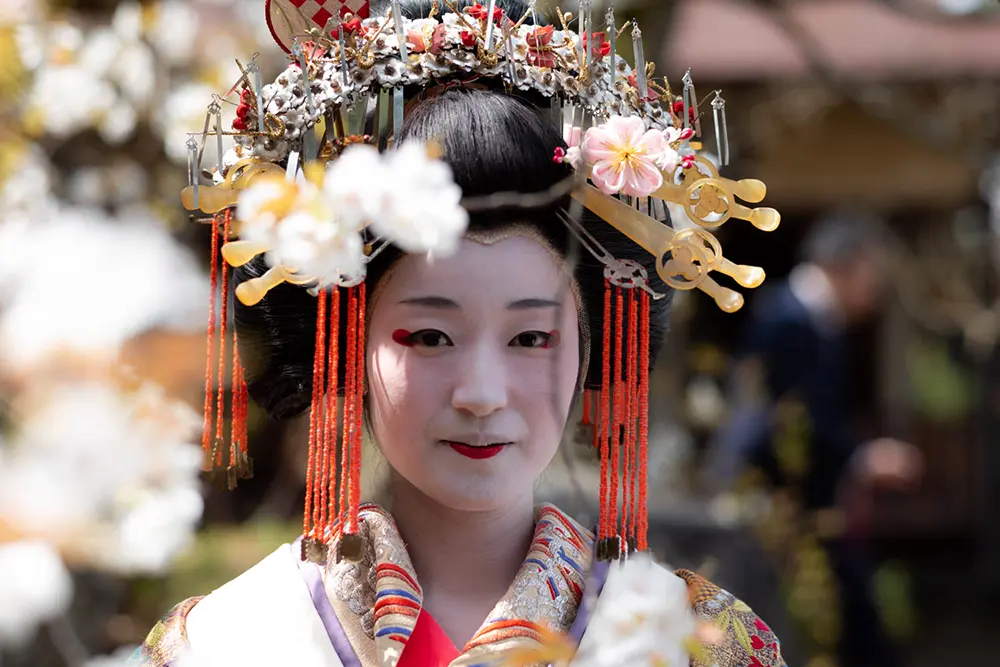Enjoy your photos Leica M

Film photography is more tedious than modern digital photography, but it’s a lot of fun.

Introduction.
In this article, I would like to introduce film Leica cameras.
Leica cameras have many fans all over the world and are famous for their rangefinder cameras, so called “M” cameras.
I also love Leica cameras and own three film cameras, the first generation A, M3, and M4, and three digital cameras, MD (Type 246), the first generation MMono-Chrome, and M10-R Black Paint.
Shooting with a distance meter? A brief description of the M Leica.
There are many books and websites that explain Leica, and talking about it would take a book or so, so I won’t go into them here, but simply put, the rangefinder of the M-type Leica is a frame linked to the rangefinder, and when the double images match, the camera focuses on the subject as seen by the lens. The camera does not focus on the subject as seen through the lens, but on the subject in the separate window of the rangefinder.
With an SLR camera, you focus on the subject actually reflected through the lens, and if the f-number is 1.4 or so, the difference in focus between the background and the subject (depth of field) is visible in the viewfinder, so you can take a picture as it actually appears in the viewfinder while confirming that the background is beautifully out of focus. With the Leica, however, the subject is not seen through the lens, so the viewfinder shows only that the subject is in focus and the rangefinder shows only that the subject is in focus, and the photographer uses this as a guide.
Thanks to this system of shooting with the rangefinder, the depth of field and distance information on the lens is extremely accurate, and the accuracy of the depth of field is high, so that even when the lens is slightly stopped down, a picture can be taken with the depth of field as a guide. You don’t have to look through the viewfinder and focus on the subject every time you want to take a picture.
In fact, newspaper reporters used to take pictures of celebrities and politicians by “hand-held” (i.e., holding the camera above their heads with their hands outstretched, and taking pictures of them in the midst of a large press corps).
I’m not going to go into the product description, mechanical description, and the vast amount of knowledge about the M Leica, as there are many such things out there.
(Film is the image sensor in the modern sense of the word, and can also be called the camera body.)
There are three main types of film.
Color is reversal and negative, and monochrome is negative.
When taking photographs, it is important to understand the characteristics of reversals and negatives, so here is a brief explanation.
A negative is a film that records a reversed image. The process of negative film is the reversal of a positive image and then the reversal back to the original to create a photograph. When a picture is taken, there are bright areas (highlights) and dark areas (shadows), and negatives, due to their structure, are more forgiving on the highlight side and more severe on the shadows.
It is true that negatives are often said to have sticky highlights and crushed shadows, and while it is basic to set the exposure to the correct value when shooting, if you think the subject is a little dark, shooting brighter tends to produce better results.
The structure of a reversal is the opposite of that of a negative, so highlights are more severe and shadows are more forgiving.
This is the same characteristic as that of a digital camera, so it should be easy to understand.
Reversal film (Fuji Provia 100)
This is a film for reflective manuscripts, known as a positive film, which produces more accurate colors than color negatives.
When I first started using film, I often used this film because it was the closest to digital film.
This photo was taken of a tourist in Asakusa who approached me and we chatted for a while with a large aperture wide-angle Summilux 21mm/1.4 lens attached to an M3 from the 1950s. Leica lenses are very high performance, and the sharpness is very high and the image is very sharp, even on film. I often take pictures with a 21mm lens at f/5.6 with the focus plane set at 3m, but with this set up, the depth of field (the range where the subject appears to be in focus) is pan-focus from 1.5m to infinity, so I can take pictures very quickly without focusing by simply framing the subject. You can take a picture very quickly.

Color negative film (Kodak Portra160)
If you are older than a certain age and have taken pictures with a camera in the film era, you have probably used this type of film at least once.
Compared to the photo taken with the reversal film above, the color tones (orange and yellow) are a little warmer, but this is a characteristic of negative film, which tends to turn warm in strong light and cool (blue and green) in weak light. However, nowadays, with digital cameras, the camera can take care of these corrections for you, and many people may prefer to leave the colors as they are, as if they were taken with a film camera.
This picture was taken with the DR Summicron 50mm lens on my M3. This lens has a high resolution that is as good as modern high-performance lenses, and I left it attached to my M3.

For comparison, I also had a digital M10 on the same day, so I will also include photos taken with the M10 so that you can compare the differences between film and digital.

Monochrome film (ILFORD DELTA400)
From here, we will start with monochrome film.
One of the interesting things about monochrome film is that you can develop and print the film yourself.
This photo is also a scan of a film I developed myself, but it was developed with ILFORD DELTA400 film in what is called “straight development” (ISO400 film shot at ISO400 and developed at ISO400). The film was developed using ILFORD’s DDX developer, which differs from the normal process in that it is a dilute developer (i.e., the developer solution is made thinner than specified to lengthen the development time). The dilute development process is used to control the development of the film in order to bring out the silver tone of ILFORD’s DELTA film, which has a characteristic of producing very beautiful light gray (silver) highlights.

Monochrome film (Kodak Tri-X400)
Here is another monochrome film photo. This one is called Kodak Tri-X400, which is the industry standard and is probably the most famous film you will ever see.
The interesting thing about this film is that by simply changing the sensitivity, you can get completely different images and tones, and it is very interesting to control the tones.
I can’t introduce it all here, but when I use Kodak Tri-X400, I use ISO 200, 400, 800, 1600, 2500, and so on, from pull (reduced sensitivity development) to push (increased sensitivity development), changing the sensitivity and development according to the shooting conditions and my shooting intentions. Another feature of this film is that it is very straightforward in the way it captures light, so it is easy to imagine what the print will look like when you take the picture. The sweet potato leaves I am shooting this time have an indescribably soft tone, which is created by reducing the sensitivity at ISO 200. Kodak also offers a high-performance film called T-MAX. This film has high sharpness and high resolution, and the intensification can go up to 3200, but it has a slightly harder tone (more digital-like) than Tri-X, so I often use Tri-X.

Conclusion.
Since Corona, I have stopped taking photos, but after reviewing the photos I took in the past, I am thinking about taking photos again. I could use a digital Leica, but film is still interesting, and since a 35mm camera can only take 36 shots, it is also interesting, and it is very interesting to start developing and producing black-and-white tones. I hope this article has piqued your interest in the M-type Leica, whether digital or film.
One of the reasons I stopped shooting film is that my favorite developer, R09 (Rodinal), has completely disappeared from the market, but it has recently reappeared in the market, which is another reason to start shooting film.
Shop.
I buy my film cameras from Onuki Camera in Yokohama.
This store is also a long-established store and carries a variety of cameras. They also have a wide range of accessories and peripherals, and their main focus is on photography, so no matter how old your camera is, it will be well maintained and if anything goes wrong, they will fix it.
The staff is also very knowledgeable and skilled in photography, so they can help you with any problems you may have with your photos.
This store can satisfy everyone from beginners to experienced photographers, so if you have a chance to visit Yokohama, why not extend your visit?
“Onuki Camera WEB site” Global shipping is not supported. Come to the shop when you come to Japan.







